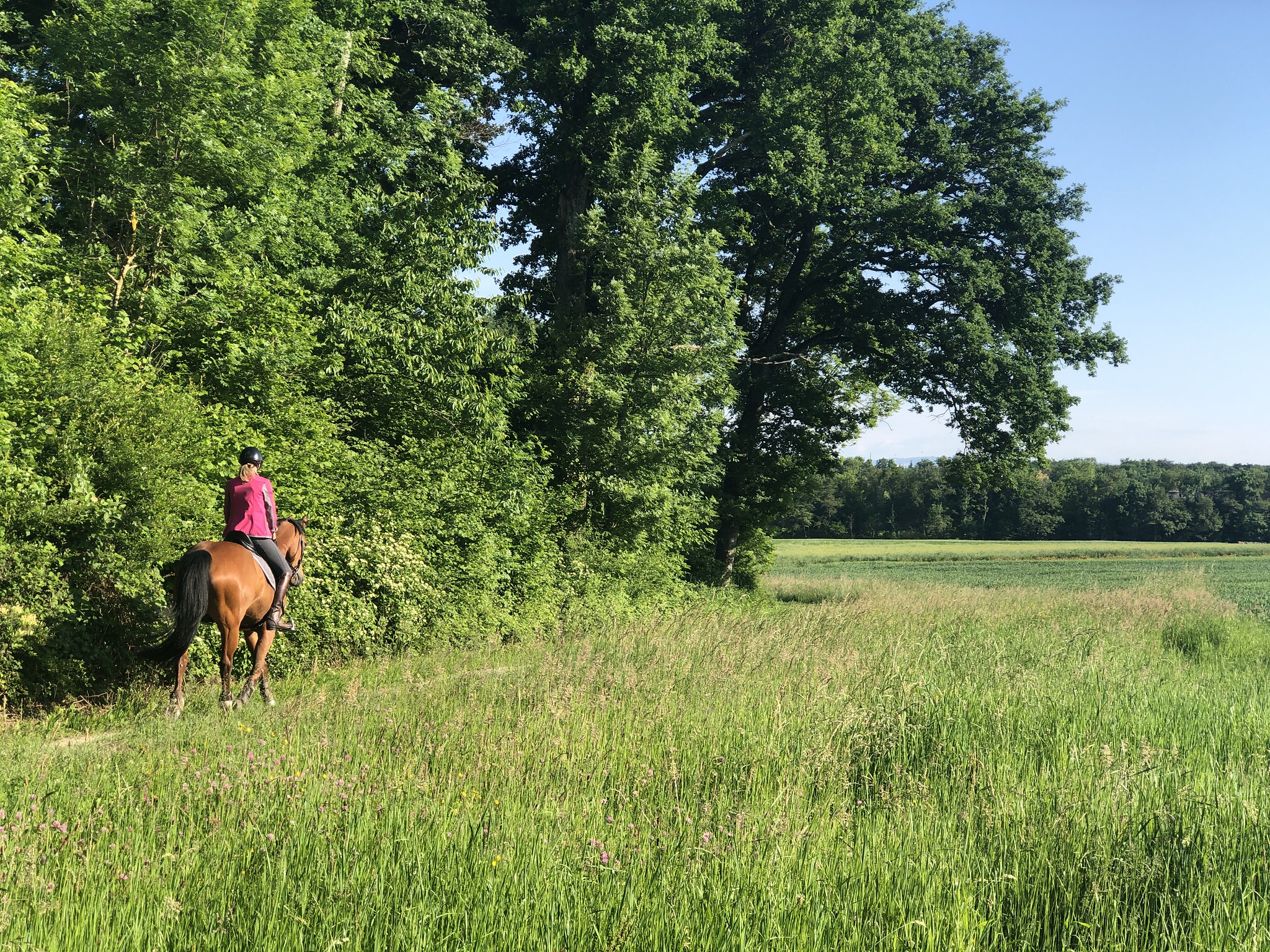Tag: online learning
-
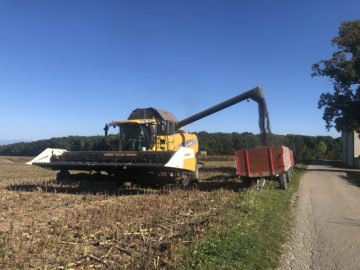
Online Learning – Alternatives to YouTube
Reading Time: 4 minutesBetween adverts that play too often, videos that encourage people tho shift to the Right side of the political spectrum and sensationalism I decided to stop using YouTube. I have spent two months without YouTube. I use alternative video platforms. I use Udemy, Prime Video, Linkedin Learning, Vimeo and other platforms. I…
-
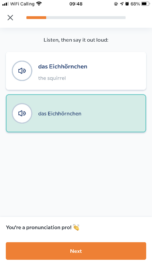
Relaxing with Language Learning
Reading Time: < 1 minuteToday I practiced vocal German and I found it relaxing compared to being with people in person. This pandemic sees the opportunities almost impossible. When I played with voice recognition on the laptop it failed but when I use it on the phone it works fine. Practice speaking with a phone,…
-
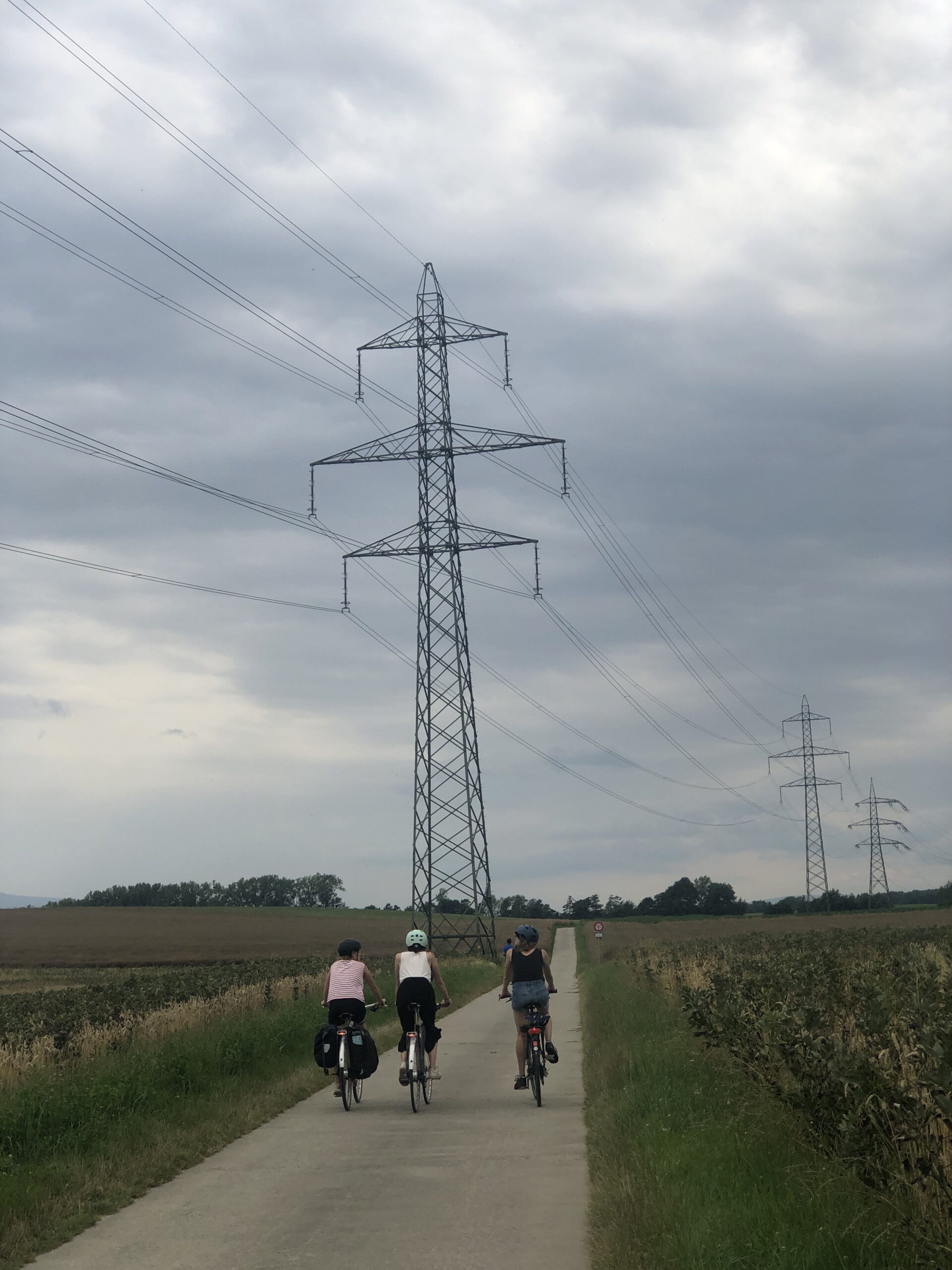
WordPress Child Themes
Reading Time: < 1 minuteFor a while, I have been thinking about creating my own WordPress themes, but I didn’t know where to start or how many hours it would take. I always assumed that it would take many hours and that I would have to create templates, style sheets and more for a number…
-
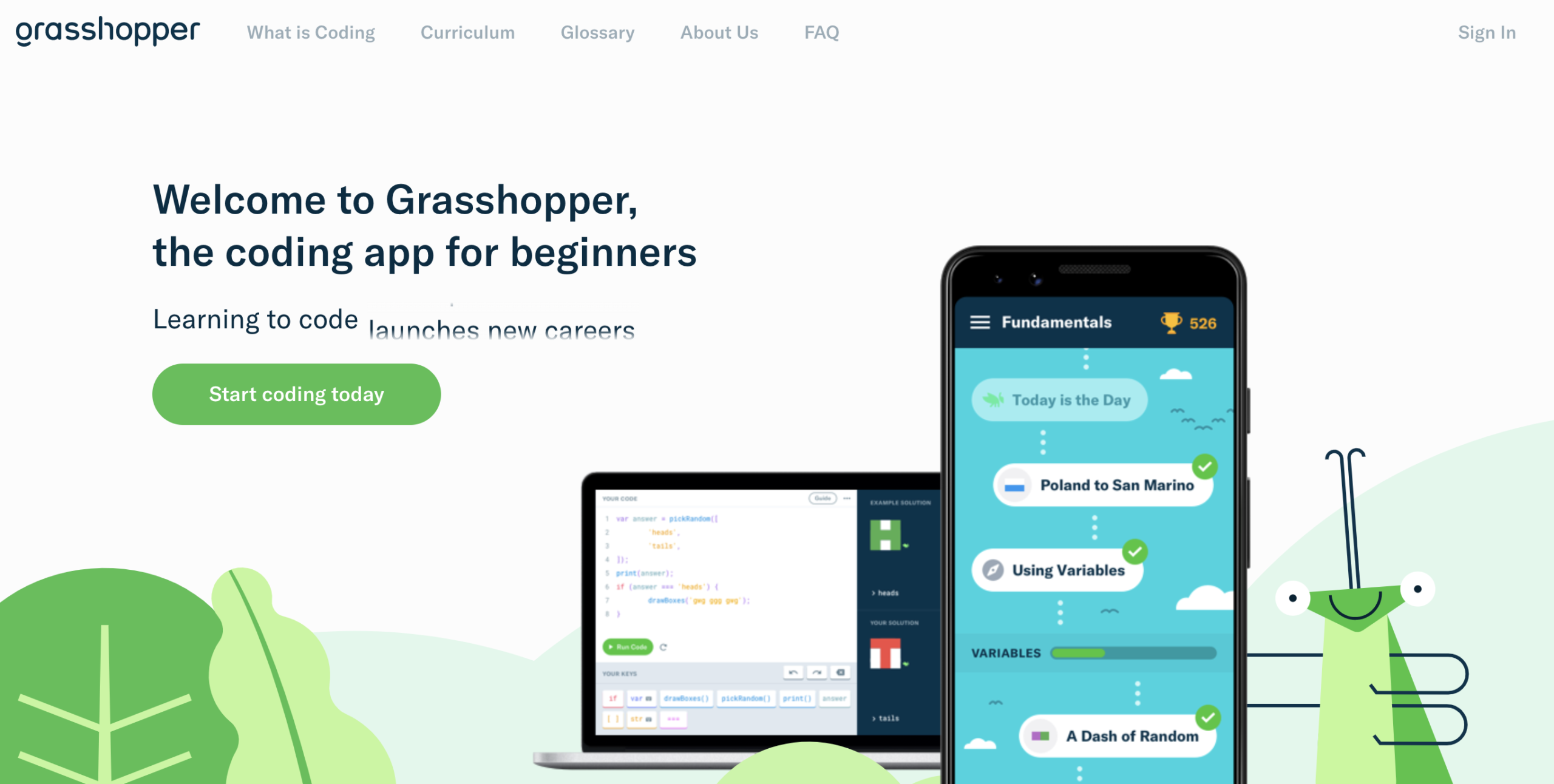
Playing With Grasshopper
Reading Time: < 1 minuteGrasshopper is a Google app to teach adults and children about Javascript. It provides people with short, easy to understand modules to get a grasshopper to do things. The curriculum is divided into seven modules. These are: Fundamentals Fundamentals II Intro to Interviewing Array Methods Animations Animations II Using a Code…
-
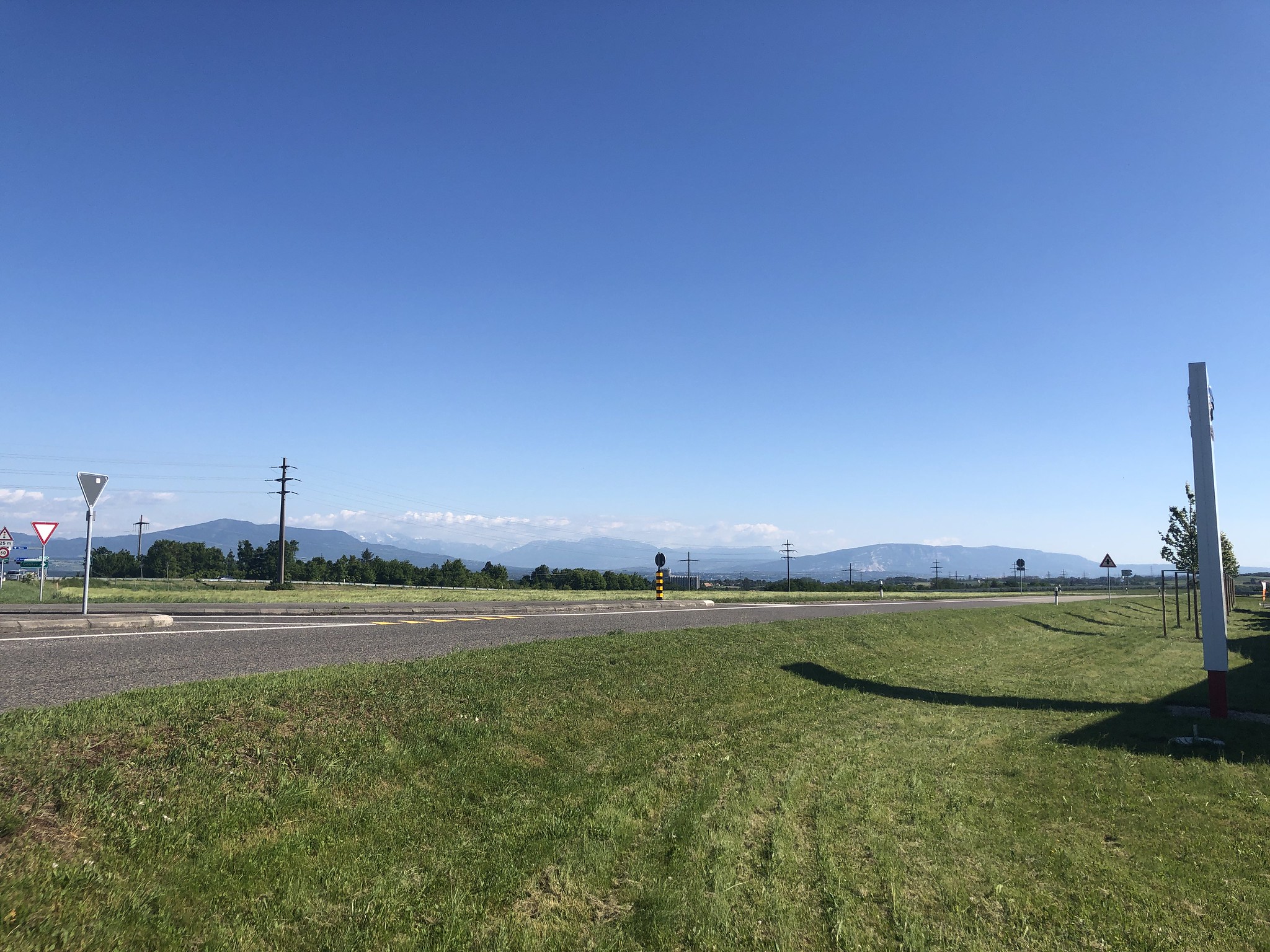
A Fourteen Kilometre walk and I Crossed Paths With Just Two Other People.
Reading Time: < 1 minuteToday I went for a fourteen Kilometre walk and I crossed paths with just two other people. It was a couple of runners and we crossed paths at just the right place as I could slip into a clearing, wait for them to pass and then continue on my way. I…
-

Day 52 Of Self-Isolation in Switzerland – More Cows, and Cascading Style Sheets
Reading Time: 2 minutesWhile some of us have gone fifty-two days without being within two meters of another person due to the pandemic others walk side by side down country lanes, forcing those walking alone to make the decision of whether to risk infecting the vulnerable couple or stepping off the road and waiting under…
-
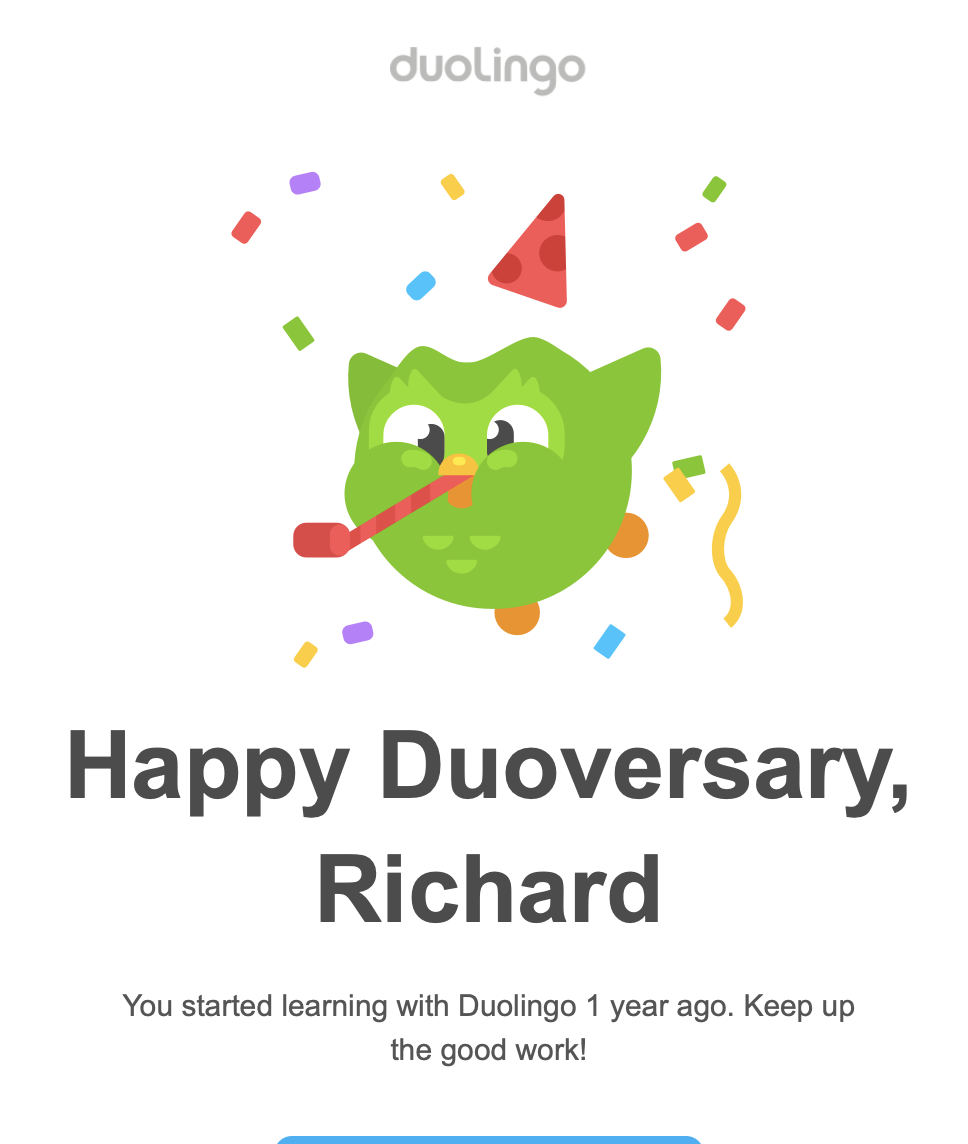
It’s my Duoversary
Reading Time: 2 minutesA year ago today I signed up to Duolingo and started studying German on a daily basis, and occasionally played with other languages. I complimented this with listening to podcasts in German almost daily and making other attempts to learn languages. I went from trying to get fifty experience points a day…
-
Linkedin Learning
Reading Time: 3 minutesSummary Linkedin Learning is a video resource for people who would like to learn new skills. These range from writing and painting to sound design, video lighting, project management and more. In following these courses individuals can learn new skills, perfect old ones, and learn new tricks. The point is always to…
